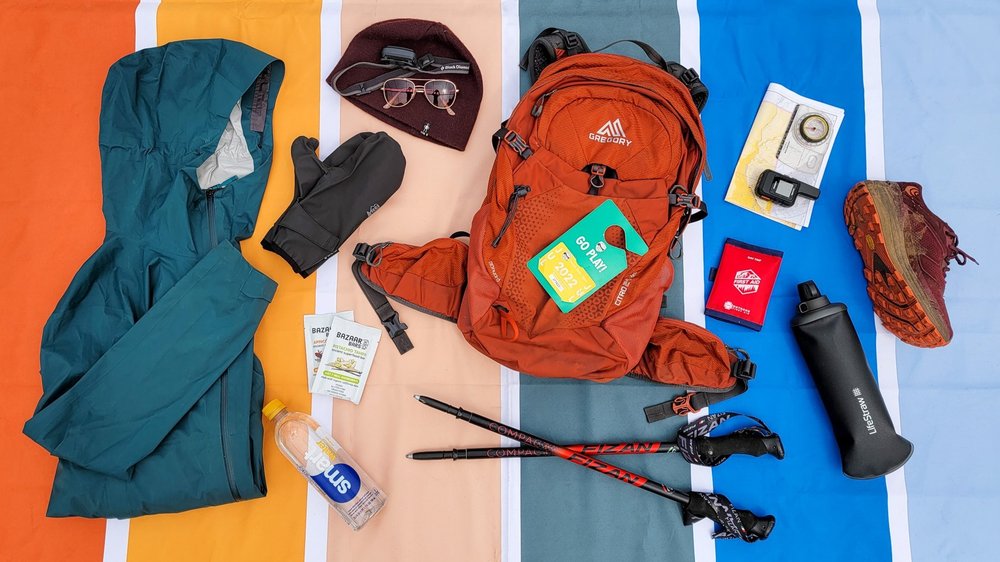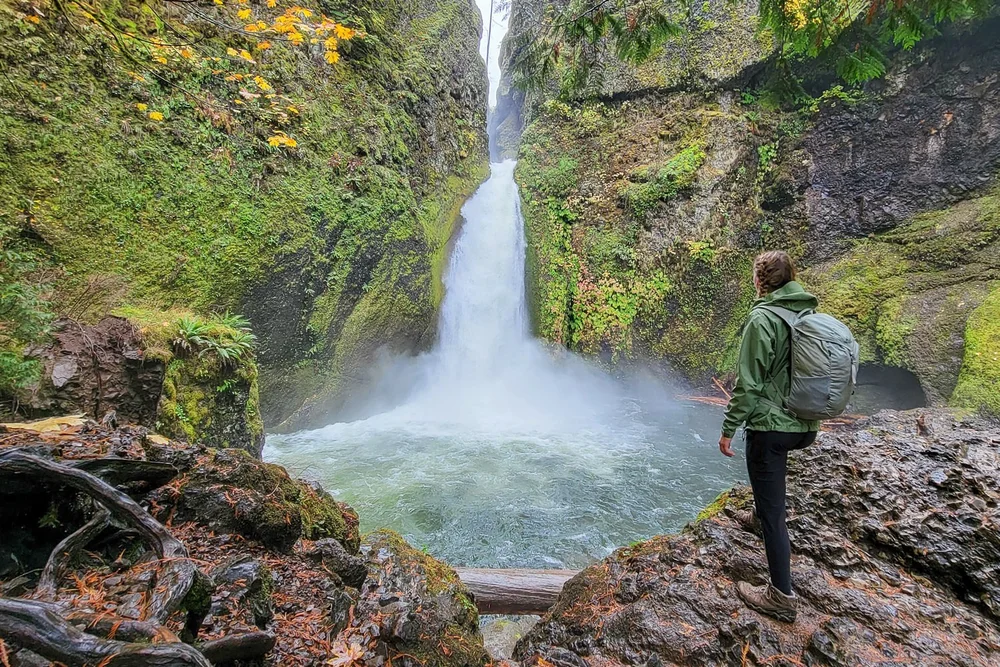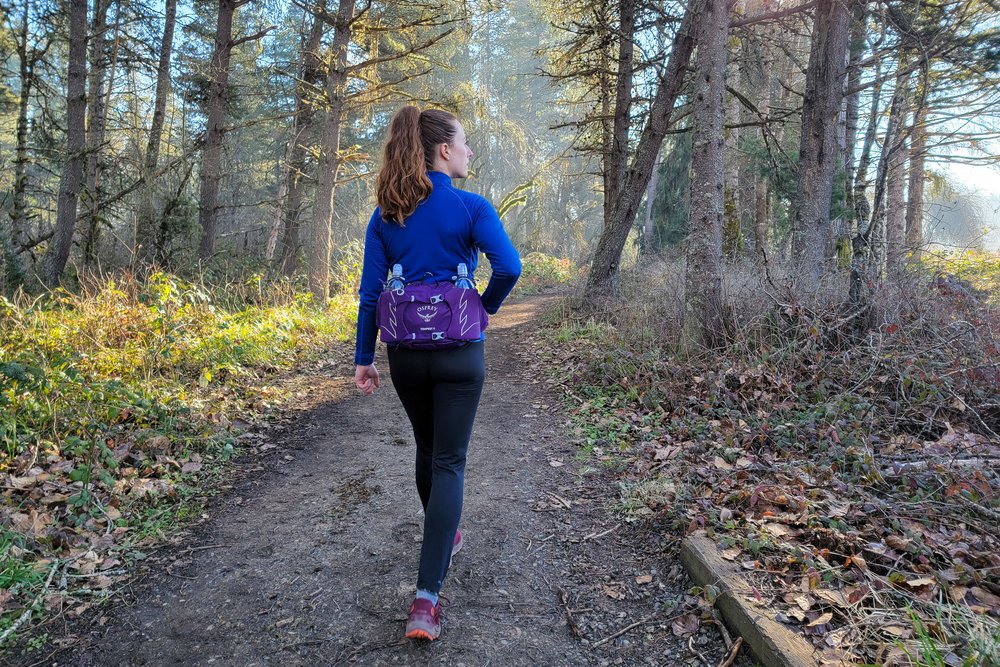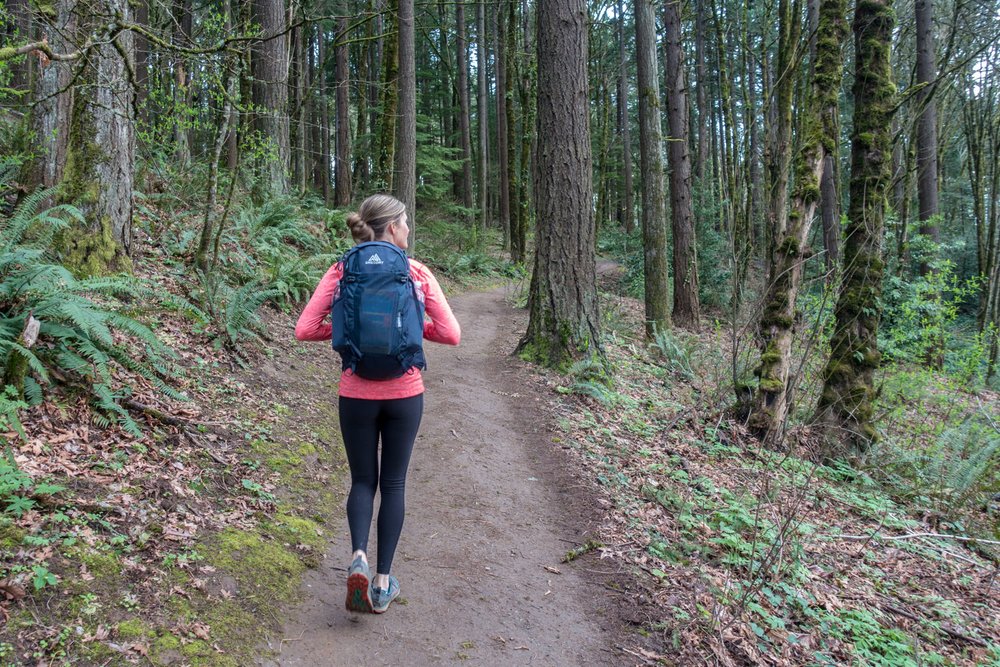
We love a good checklist to help us prepare for a trip - even if we’re just going out for a day hike. A list adds a ton of efficiency to the process of getting ready, and we love knowing we’re not forgetting something important in the rush to get out the door.
Use this Day Hike Checklist every time you hit the trail to make rounding up your gear quick and easy.
DAY HIKE CHECKLIST
DOWNLOAD OUR PRINTABLE CHECKLIST
You won’t need all the items on this list for every trip, but it’s worth thinking through each of them as you gather your gear. Grab the basics first, then use the categories at the end to tailor your gear list to your specific needs.
TO DO
Call ranger station for trail conditions & regulations
Apply for any required permits
Check if trailhead requires a parking pass or cash/card for pay station
Charge electronics & check batteries
Study topo map/take photos of guidebook pages
Download GPS phone app & appropriate maps or GPS area
Download driving directions for offline use (we use maps.me)
Leave an itinerary with a friend & under your car seat

Trip planning is an essential part of any hike, no matter how long or short your route
ESSENTIALS
WATERPROOFING
Based on your pack choice, choose one of the following to keep your stuff dry:
TOOLS & ACCESSORIES
Wallet (containing cash, ID, credit card, insurance card)
Phone in protective case
First aid kit & prescription Rx
Poop kit (toilet paper, hand sanitizer & trowel)
NAVIGATION EQUIPMENT
Topo map(s)
Waterproof map bag/ Ziploc
PACK
Choose one of the following to carry your gear:
CLOTHING
Some worn, some packed. Layer clothing based on season and weather conditions. For fabrics - think lightweight and quick-drying (no cotton).
Shirt (sun shirt, base layer, or short sleeve/tank)
Jacket(s) (rain, down, fleece, windbreaker - possibly a combo)
Gaiters (for talus, sand, or fast/long trips)

Carrying a rain jacket on every hike could save your life if you’re out longer than expected or conditions change
PACK IN CAR
Parking pass or cash/card
Itinerary or note under seat
Clean clothes & comfy shoes to change into
Gallon of water to refill bottles
Cooler with post-hike refreshments
Blanket or camping chairs (for tailgating)
FOOD & WATER
Full water bottle(s) or hydration bladder
Empty Ziploc (for garbage)
Travel mug & coffee/tea

It can be nice to have a fresh set of clothes & shoes to change into after your hike - especially on cold/wet adventures
ADDITIONAL GEAR FOR SPECIFIC TRIPS
RAIN & SNOW
GPS/phone app (for route finding in snow)
MOSQUITOS & TICKS
Pre-treat clothing with Permethrin
Treat skin with Picaridin
LONG HIKES / REMOTE LOCATIONS
Extra food for emergencies
Duct/Tenacious Tape (for repairs)
Small lighter & fire starters
Collapsible water containers (for carrying lots of water in dry locations)
GRIZZLY BEAR COUNTRY

Winter trips require a little additonal gear - see our winter camping checklist for a full list
PHOTOGRAPHY
Backup photos, clear storage, and clean lens.
DSLR or Point-and-Shoot
Extra battery
Extra camera card
Smartphone
Small carabiner (to keep track of remote)
Power bank (for long trips)
Short charging cable
DOG
For the trail
Collar/harness
Food & collapsible bowl
Extra water (you carry)
Dog boots / Musher’s Secret Wax (to protect the paws)
Poop bags & gallon Ziploc or OPsak (to pack out waste)
Dog jacket (for dogs with low cold tolerance)
Foam pad (to insulate you and your dog from the cold/wet ground during breaks)
Dog first aid kit (or add stuff to human first aid kit)
Collar light (check battery pre-trip)
Leave in car
Dog car hammock (seat protector)
Extra dog food in airtight container

Dogs need a few things to be comfortable on hikes too - check out our 14 Tips for Hiking with a Dog post to learn more
OVERNIGHT TRIPS
Prepping for a multi day adventure? We also have checklists for backpacking, camping, and winter camping.

We like to carry a few luxury items on day hikes like photography gear, a sit pad, a hot drink, etc.
Day Hiking Tips
FINDING A BALANCE OF PACK WEIGHT & PREPAREDNESS - A lightweight backpack is far more comfortable to carry. This will help you conserve energy so you can hike further and enjoy your time outdoors more. That said, we never advise skipping essentials like a map, rain jacket, and a basic first aid kit when venturing into the backcountry. Our hope is that this checklist will help you remember to take what you need to stay safe, but also help keep you on track so your load doesn’t get too heavy. Learn more about ways to reduce your pack weight here.

Carefully consider every item you put in your daypack to keep your load light & non-cumbersome
BACKPACKS - Most people use a daypack or hydration pack (comes with a bladder) for day trips since they have the perfect midsize gear capacity, they’re comfortable to carry, and they have plenty of convenient pockets to keep gear organized and easily accessible. Daypacks come in a variety of sizes, but we prefer those that have about 20-30L of gear capacity. Fanny packs are also a great option for small gear loads or for extra capacity in addition to a daypack.

THE OSPREY TALON (MEN’S) & TEMPEST (WOMEN’S) ARE COMFORTABLE FANNY PACKS WITH PLENTY OF STORAGE FOR A DAY HIKE
WHAT TO WEAR FOR HIKING - The clothing you wear and pack for a day hike will change slightly depending on the conditions you expect to encounter on specific trips, but the basics remain the same. Wear layers made with quick-drying fabrics so you can stay comfortable no matter the weather. Lightweight, breathable footwear and high-quality, non-cotton socks also make a huge difference in reducing fatigue and avoiding blisters. Get specific recommendations on the best down jackets, rain jackets, hiking pants, base layers, and more on our Gear Guide Homepage.

Learn more about what to wear hiking on our Backpacking & Hiking Clothing 101 blog post
More Information
If you enjoyed this post, you'll probably like the CleverHiker Gear Guide as well. Here are some popular resources to check out.

We hope this guide & our printable checklist simplify packing for your next day hike!
Some of the links on this page are affiliate links, which means we may receive a modest commission if purchases are made through those links. This adds no cost to our readers and helps us keep our site up and running. Our reputation is our most important asset, which is why we only provide completely honest and unbiased recommendations.

